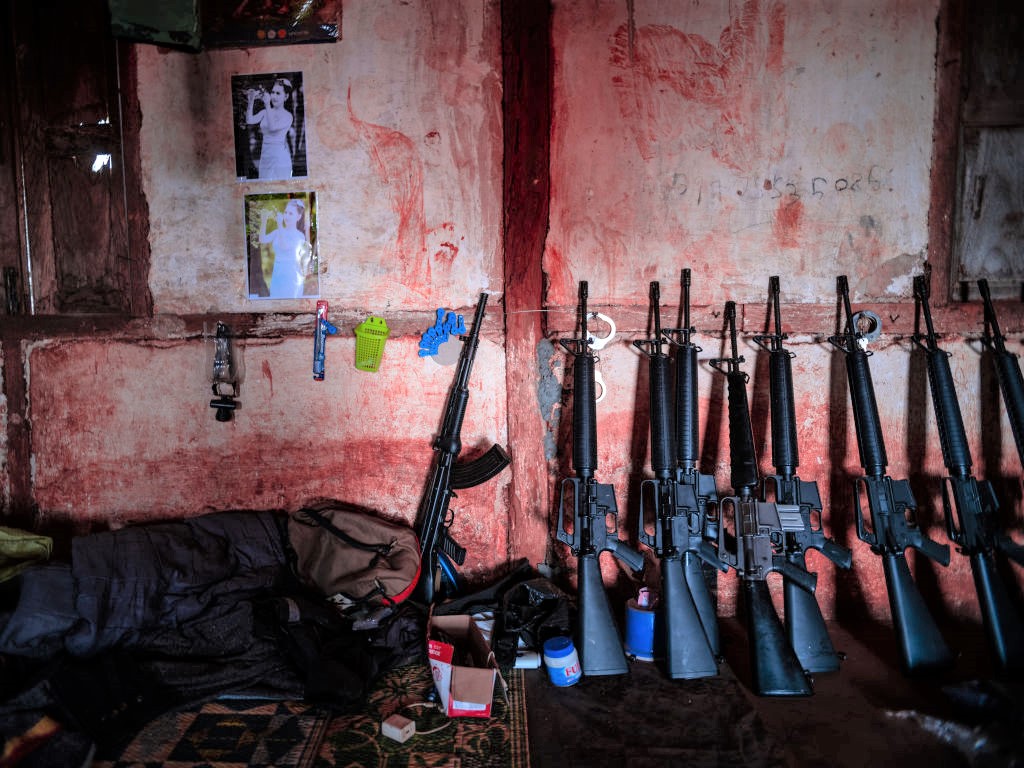
When the topic of armed conflict comes up, it’s easy to fall into the habit of speaking abstractly or in hypotheticals. But for more than 50 million people in Myanmar, the civil war sparked and aggravated by the February 2021 coup is not academic. At least 1.5 million people have been displaced, thousands have been killed in combat and thousands more have been unjustly imprisoned. The conflict has strangled the economy and thrown everyone’s life into some level of disarray.
The fact that almost all of these repercussions are felt only in one ASEAN member state means that, whether it be from Kuala Lumpur, from Thailand, and certainly from where I live in Tasmania, their severity is comfortably distant. That influences our level of concern about Southeast Asia’s most intense crisis, and we can all benefit from an extra dose of strategic empathy. One place to start is to get a stronger grip on what is at stake in Myanmar.
We analysts have built our consensus on the situation—that Myanmar’s post-coup stalemate won’t shift quickly, that Senior General Min Aung Hlaing and his subordinates are committed to their own authoritarian path, and that anti-regime forces are too weak and incoherent to prevail on the battlefield.
These arm’s-length assumptions should be continuously questioned. We should push our understanding of the Myanmar crisis to take in its multifaceted security, political, economic, humanitarian and cultural dimensions, with the hope that a resolution might still be found.
First, we need to get serious about the test we and our institutions all face. This means confronting our own indifference. While ASEAN and others have devoted diplomatic and political energy to the crisis, I’m not sure anybody feels that progress has been made. Myanmar’s empty chair at the political level is a rebuke to the military regime, but it could also be a metaphor for apathy, and even acquiescence.
When I attended the 36th Asia–Pacific Roundtable in Kuala Lumpur on 9 August, there was talk that ASEAN may not survive until 2045. Noting my position as an outsider, I’d suggest that this risk is amplified when a crisis like Myanmar is able to fester year after year. Simply waiting for ASEAN to reach a consensus in such circumstances probably means waiting too long. Could countries like Thailand and the Philippines, and perhaps also Malaysia and Indonesia, with their own historical experiences of managing contested transfers of power, jointly commit to a new approach to dialogue on Myanmar?
Second, we must find a way to influence—politically, and in a humanitarian sense—what happens on Myanmar’s hundreds of battlefields. Myanmar has a long, terrible history of civil war, but the coup has brought new aspects that we can’t ignore, including the proliferation of hard-punching militias across the Bamar heartlands. It’s a complex picture, but we need to keep the situations of vulnerable populations such as the Rohingya, the Chin, the Karen and, yes, the Bamar in constant focus.
Third, with maybe less than half of Myanmar under the control of the generals in Naypyitaw, we still aren’t seriously considering what happens if they are toppled. While it seems unlikely that a revolution will prevail, especially if the regime continues to receive combat support including strike aircraft from abroad, we shouldn’t declare it impossible.
That means thinking differently, right now, about the rebel forces and about how they’re supported, whether morally or in other ways. Also, let’s not pretend that a revolutionary outcome would be easy or inexpensive, or without its own new problems. Myanmar could unravel in the process.
Finally, and arguably most importantly, the impoverishment and desperation of the Myanmar people will need great and sustained attention over the years to come, whatever the political outcome. Even without a government-level breakthrough, the harsh reality is that Myanmar has gone backwards fast. If Myanmar were a Chinese province, it would already be China’s third poorest in absolute terms and the poorest per capita by a huge margin. Compared with China’s neighbouring Yunnan province, Myanmar is around nine times poorer per capita. If nothing else, ASEAN and its dialogue partners could find ways to make good on support to stem the socioeconomic bleeding, though we know that’s easier said than done.
In thinking through the steps between today’s tortured stalemate and a better future, it’s also worth thinking harder about how other countries in the region like Thailand and the Philippines have handled their own internal tensions and periods of intense political crisis.
There is no easy fix, but a clear assessment of the risks of allowing Myanmar’s multifaceted crisis to fester should amplify the call for more proactive regional diplomacy. The region must invest in an institutional and humanitarian way forward, while remembering that military confrontations can always go in unanticipated directions. As we grapple with how to embrace the ‘least worst options’, it’s clear that the Myanmar people need much more of our time.

